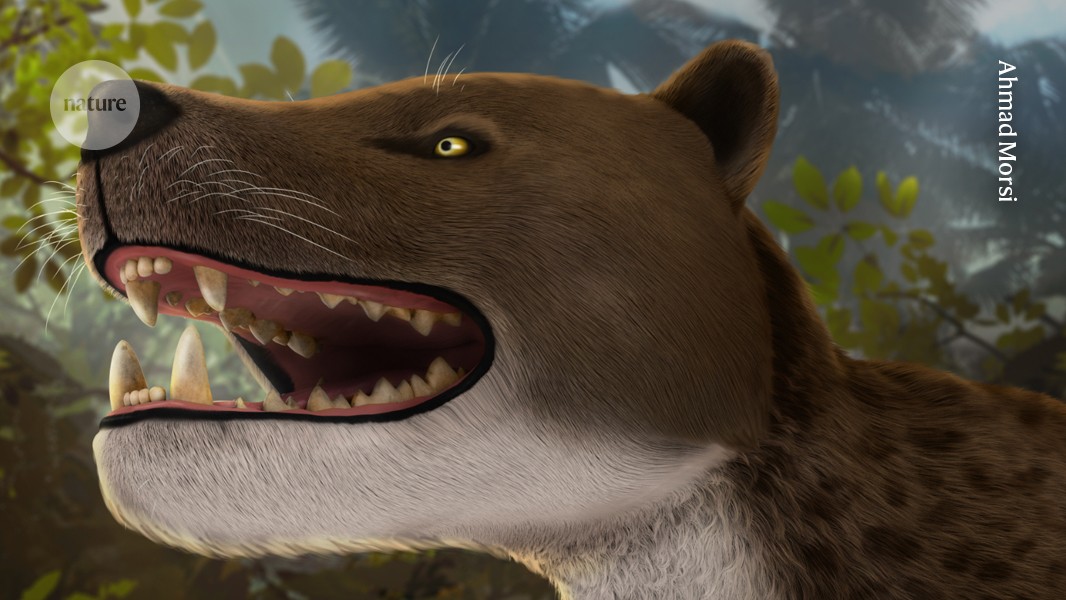www.sciencenews.org
With flashy feathers and fancy moves, birds of paradise are already known for extravagant looks. But a trick that boosts that zing has been overlooked by science, until now. In the right light, natural biofluorescence can intensify the birds colors an insight that, believe it or not, comes from a trio of fish biologists.Thirty-seven of the 45 known species of the bird family Paradisaeidae naturally fluoresce, the researchers report February 12 in Royal Society Open Science. Its the first survey of biofluorescence for these showy birds, say Rene Martin of the University of NebraskaLincoln and colleagues.The males of these species have wowed female birds as well as human bird watchers with various long plumes, improbably flexible wrists, pink fluff, ultrablack contrast zones, pop-up blue-on-black smiley faces and other finery. The bling enhances males courtship performance in their native range: Papua New Guinea, eastern Indonesia and eastern Australia. So the possibility of intensifying color through biofluorescence fits right in.Photographed in a special set-up to reveal biofluorescence, parts of the back (left) and the plumage (right) of a preserved museum specimen of an emperors bird-of-paradise absorbs blue light and emits more of a yellow.Rene MartinFluorescence is a sleight-of-hand trick with colors, the absorption of one wavelength of light and the readmission at longer wavelengths, as ichthyologist Emily Carr of the American Museum of Natural History in New York City puts it. For instance, intense blue in; then greenish yellow out. Seahorses and pipefish fluoresce bright red. A few sharks and rays fluoresce bright green.John Sparks had already searched through the museums fish collection for fluorescence. As an ichthyological evolutionary biologist at the museum, he suspected that fluorescence often evolves as animals flirt, threaten or otherwise exchange info with their own kind. So would results from other animal groups be similar to the fishes? Would birds of paradise, which go all-out Vegas in courtship, have evolved fluorescence? The AMNH has such a good bird collection, he says.Working through museum cabinets as a first step, we basically went through drawers and just shined our blue lights and saw what fluoresced. And birds of paradise did. Martin and Carr eventually set up a special blue-light photo booth for bird specimens fluorescent portraits.In the pitch dark, feet fluoresced in a variety of species. Sometimes so did long feather streamers, eye-rings, mouth linings and beaks. More common were washes of fluorescence down the head, neck and chest, or, for birds on different branchlets in the family tree, the chest and belly. Often the sexes differed.Despite variety in body parts, the fluorescence appeared generally green or greenish yellow (with wavelength peaks around 520 or 560 nanometers). Thats within the 380- to 750-nanometer range of human vision, Spark says.Seeing one of these birds in normal daylight, should you be so lucky, wont necessarily tip you off that fluorescence contributes to their vibrancy. But in the forests where many of the birds of paradise live, the researchers argue, high-energy blue and ultraviolet can dominate light filtering through dense tree canopy. Like museum scans with blue light, youre getting ideal wavelengths that could excite fluorescence, Sparks says. Its like deep water. You can have a red red-looking fish where theres no more red light penetrating the ocean. Fluorescence brings back colors, he proposes.A sunset tinge is how Papua New Guinea ethnobiologist Challis Pulotu describes the red on a live, really beautiful raggiana bird of paradise (Paradisaea raggiana) he once had a chance to see in their mutual home country. The species, PNGs national bird, is among the ones whose feathers fluoresced in the study.Now at Macquarie University in Sydney, Pulotu is studying traditional knowledge of the bird among PNGs Koiari people. Despite the raggianas bold looks, catching sight of one is rare for human neighbors. Hearing the birds though is part of the regions soundscape: Theyre not just communicating through their colorful dance and costume but sounding off at sunrise and sunset.












